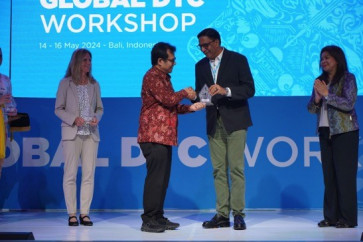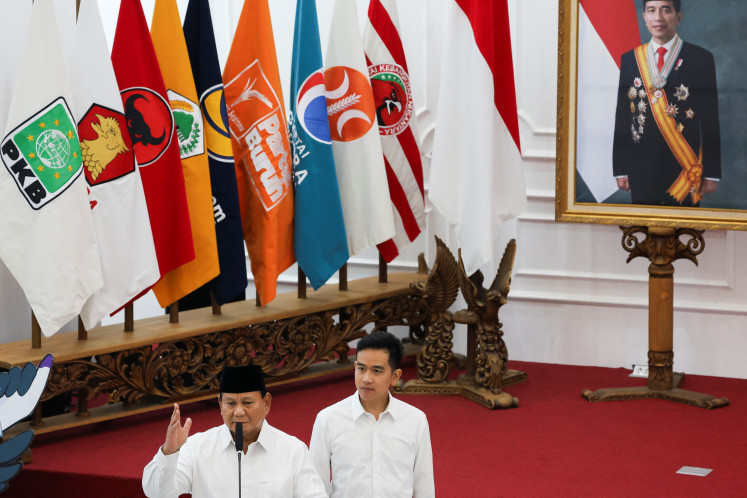Neglect or take care of your aging workers?
The problem of aging employees was one among many dilemmatic issues during the course of my career as a human resources director at the Indonesian state-owned power utility
Change Size

T
he problem of aging employees was one among many dilemmatic issues during the course of my career as a human resources director at the Indonesian state-owned power utility. For instance, no fewer than 90 percent of the top level managers are aged 50 years and older. Therefore, it was plausible when I got an implicit but strong request from the government, as a shareholder, to replace the old with younger leaders.
The request seemed to make sense as there is a perception that unlike young people, older employees by nature have less energy, less physical strength and less motivation to work hard.
In addition, there is a common belief that the older group becomes a burden on an organization because the longer the tenure of the employees, the more spent on their incomes. It has become a trend in many restructuring programs to include the cleaning up of “old workers.”
However, to ignore that fact that there is an aging group in an organization is easier said than done. The fact that all of the world’s population is aging combined with the nature of retirement schemes that allow people to work longer, will inevitably drive many organizations to employ more aging workers. Besides, many studies reveal that older workers can perform just as well as younger ones. In addition, most older workers tend to have better work attitudes and positive traits such as loyalty, motivation and a solid work ethic.
Old workers: Use them
or lay them off?
Currently, the issue of aging employees has become a common dilemma for many state-owned enterprises in Indonesia, including for PT PLN as seen in the graph.
The figures clearly show there is a large aging group of employees in this company. The group of people aged 46 years and older accounts for more than 22,000 people, or 58 percent of the company’s total workforce, while 10,000 or 26 percent of those are aged 50 years and older.
On the other hand, the portion of those aged 35 years and younger is less than 17 percent of the total workforce. How does a giant company like PT PLN deal with an aging workforce? There are at least two conflicting choices for the management, first to utilize the seniors and second to ignore them.
The pragmatic probably prefer the latter choice due to the assumption that older workers are less productive compared to their juniors, and that the spirit of the older workers declines as their retirement nears. They argue that while the company should pay more compensation for their long tenure, the older employees are in a comfort zone that makes them resistant to change, risk and seniority.
At the other extreme, the humanist may prefer to treat their seniors in a manner equal to the juniors. They argue that for better or worse, the performance of the individual does not depend on age but on attitude. For them, the most important factor is the existence of a leader who can make the workplace environment favorable for both old and young people.
So, what should be done? There is no single best answer that can be applied to all organizations. Many aspects should be taken into account by the management before making any decision about an aging workforce. Regardless of whether the older workers are less productive or not, solving the aging problem by ignoring aging employees will result in more complicated problems. In reality, it will be hard to find young workers that already have sufficient competencies and experience. It would not be easy to get new hires from outside, who when combined with the younger generation from inside, can fill the gap left by seniors. Besides, neglecting senior in Indonesian culture could be considered unethical and potentially create social problems.
Last but not least, most companies in Indonesia are still growing, which requires even more people to run the business whose competencies are embedded in the older workers that you want to ignore.
Having known the above situation, a company’s management should be realistic and utilize the group of aging workers by giving them a chance to apply their competencies rather than ignore them.
Especially if you want to be a transformational leader, every individual is an asset that should be taken care of in order to maximize his/her capability for the sake of the organization. If you trust your
older staff and give them responsibilities, in return he or she will work happily for you, no matter whether the next day he or she will leave the company.
The writer is organizational development consultant. He can be reached at yadi71@hotmail.com.









